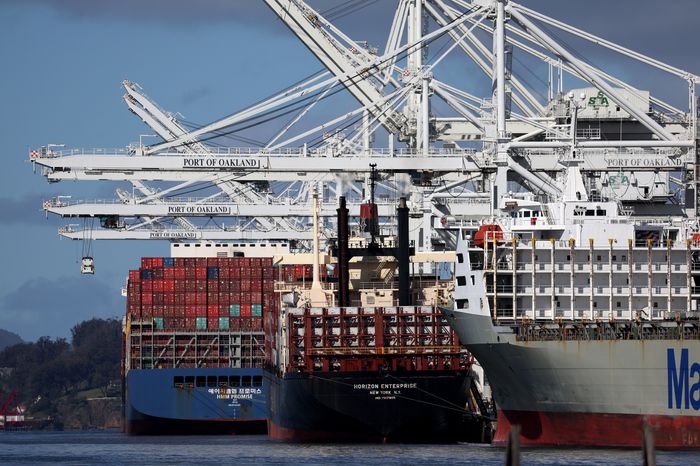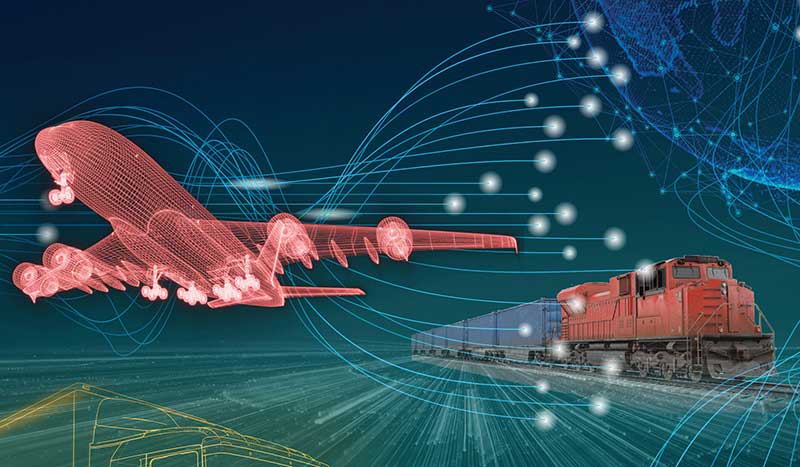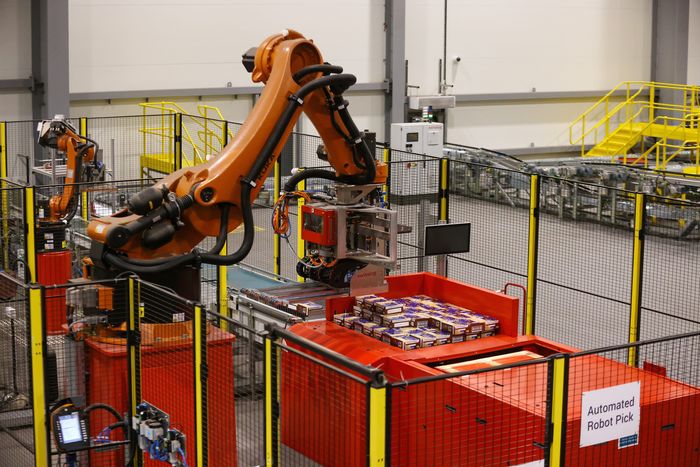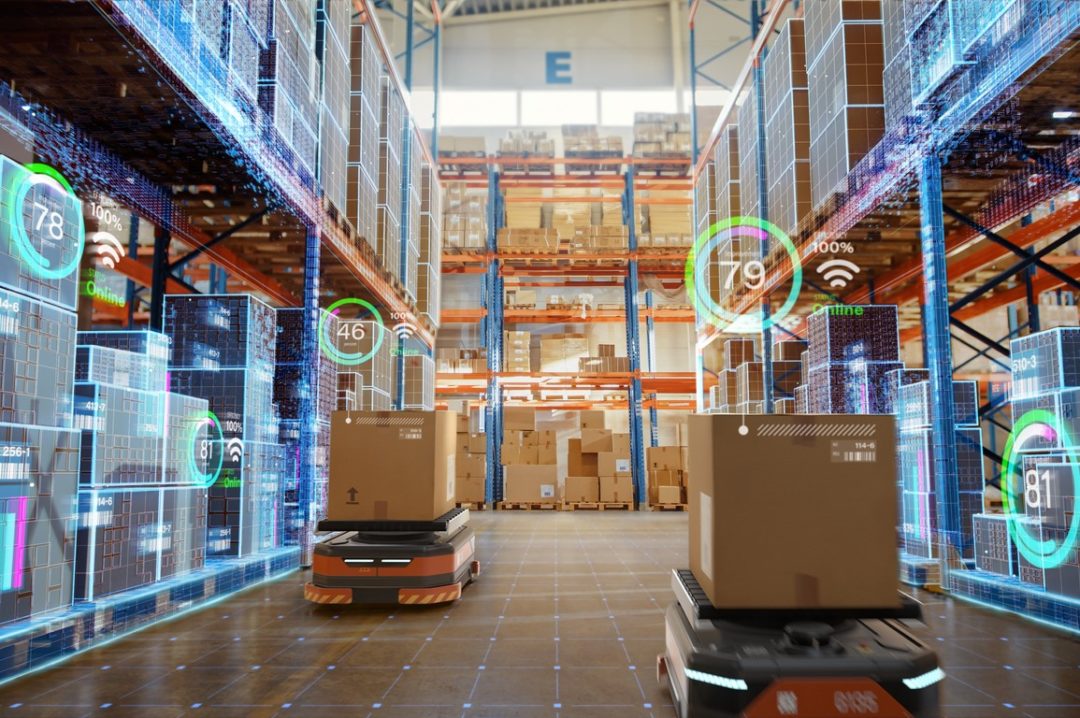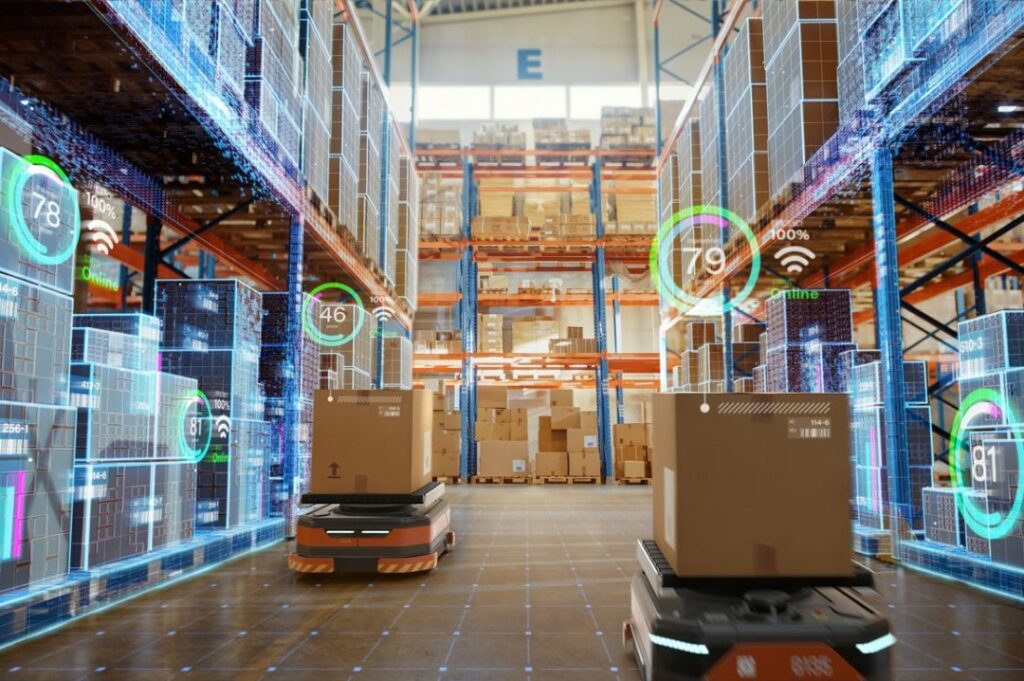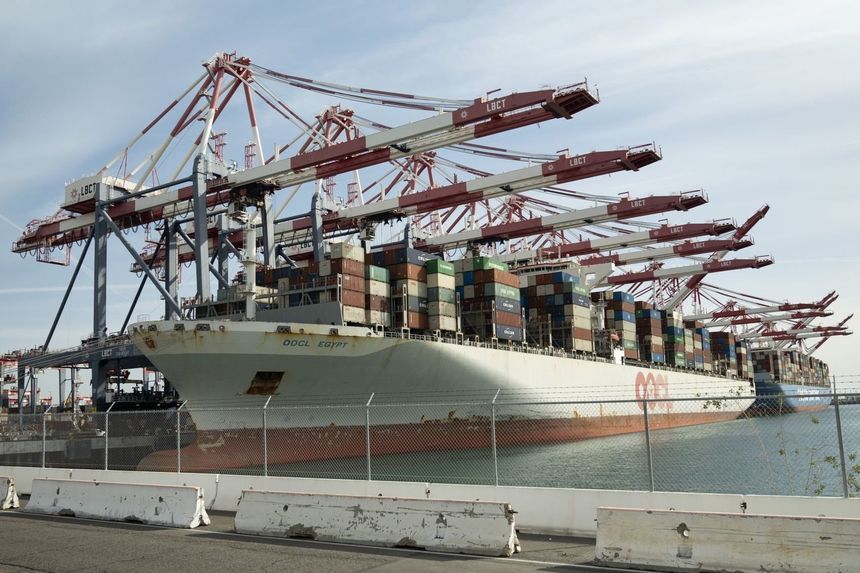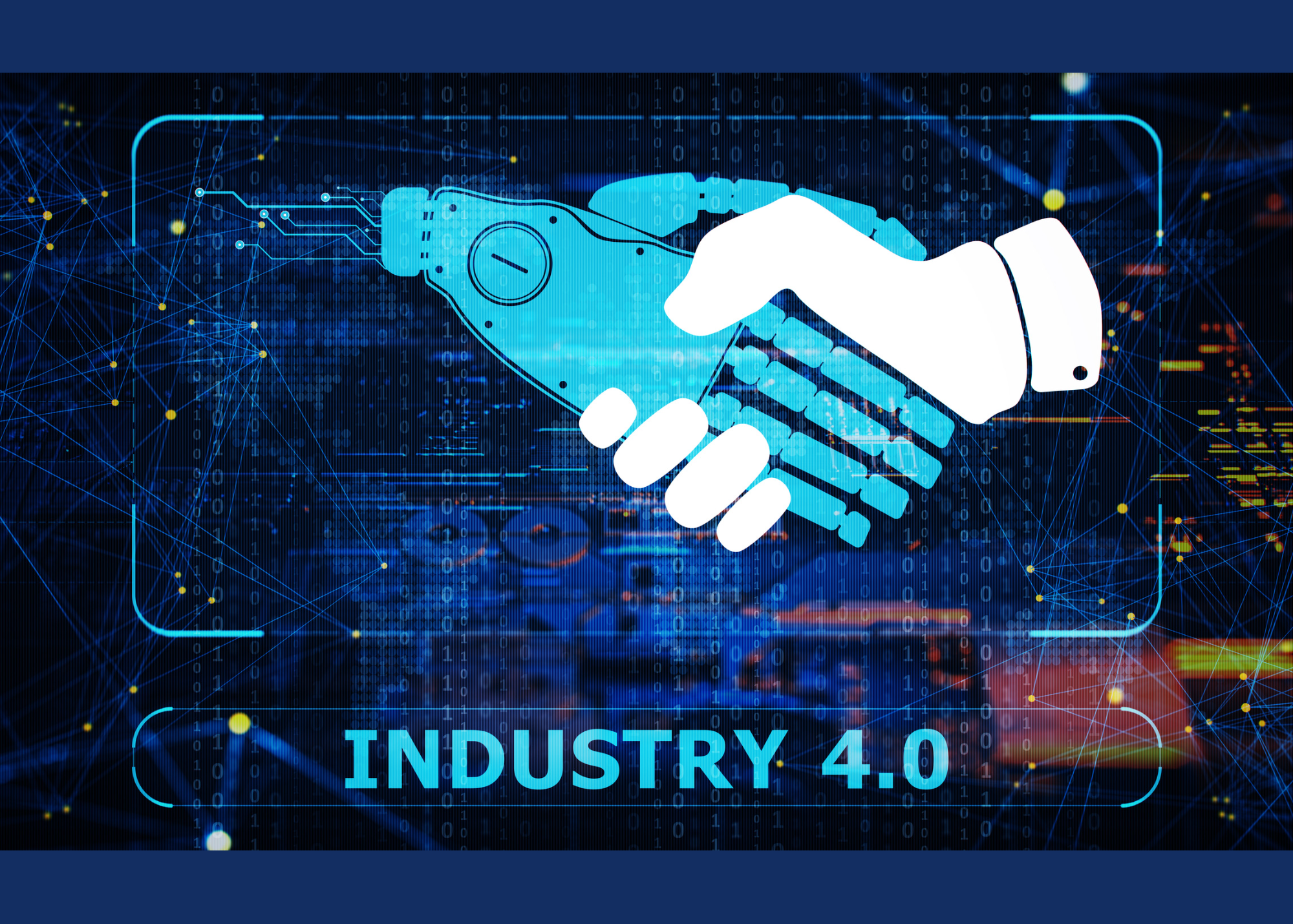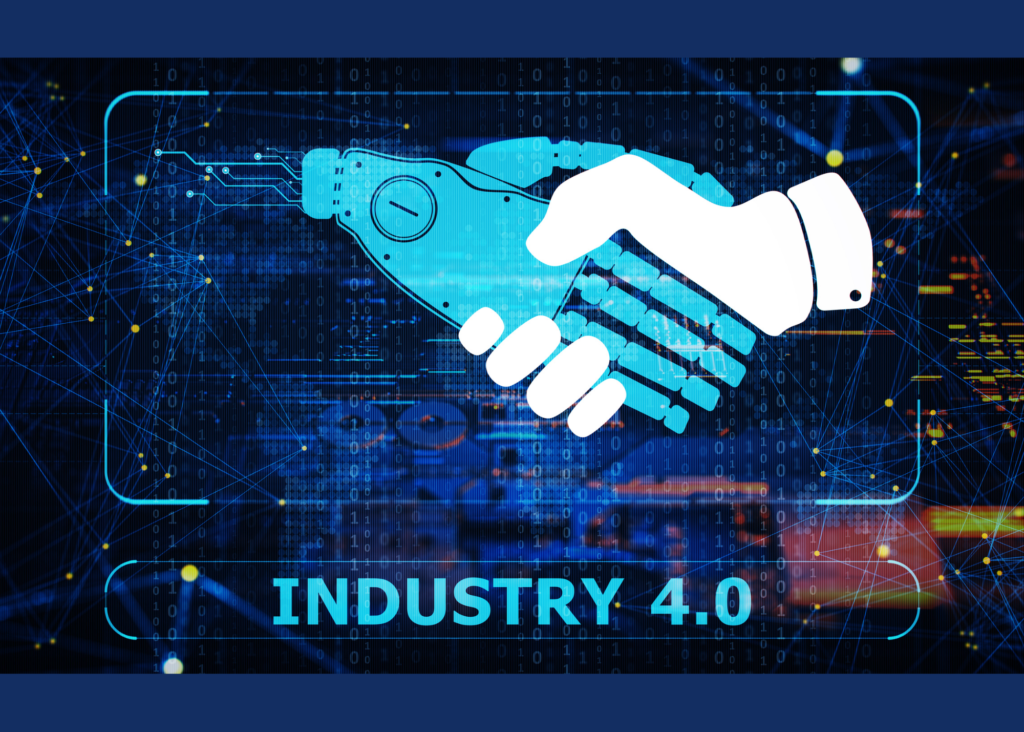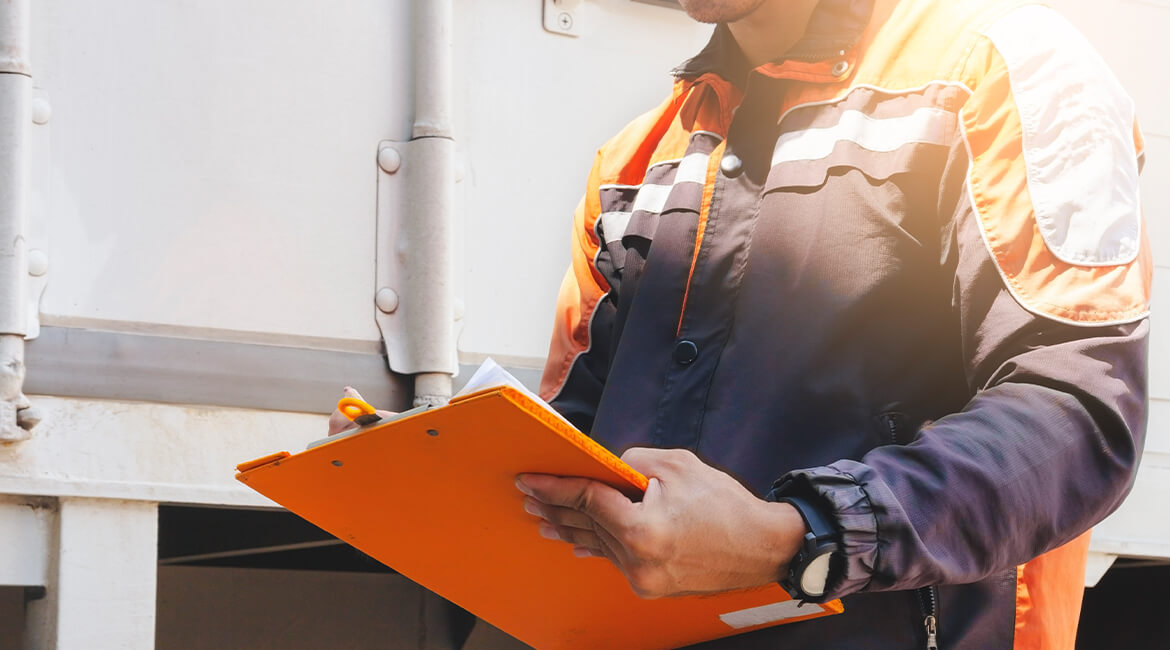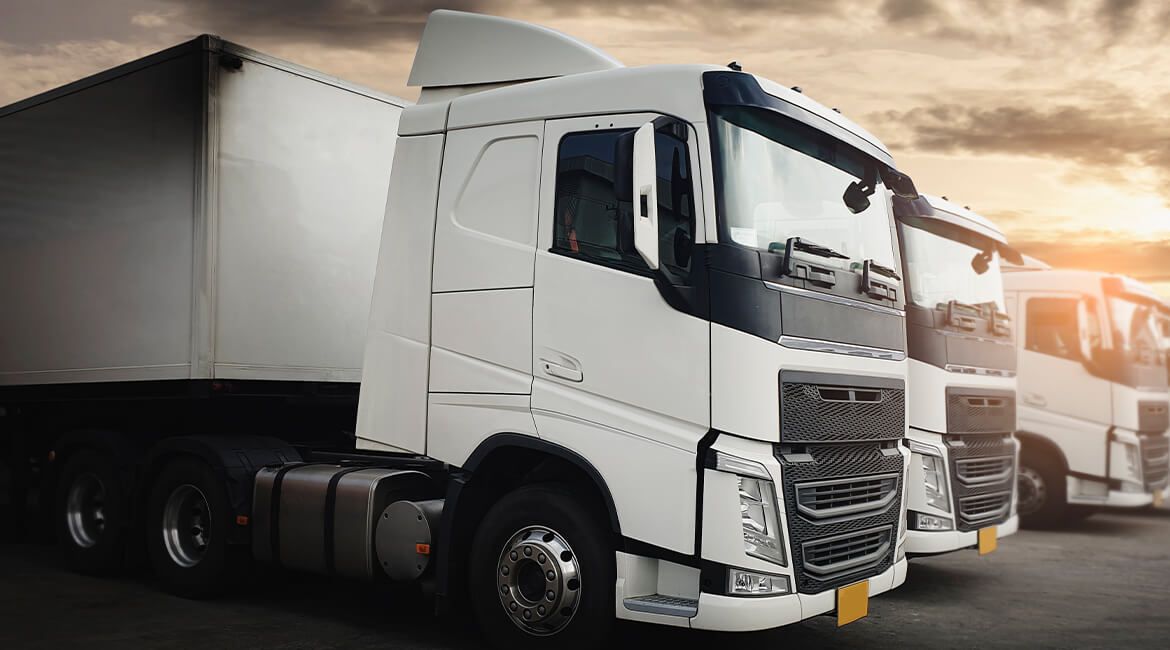U.S. Importers Are Absorbing Higher Shipping Costs This Summer
Container lines have reversed a big drop in freight rates this year, but experts say the price increases may be short-lived
Shipping costs from Asia to the U.S. are going up 61% in the six weeks up to Aug. 15, 2023, according to the article. Although the prices have increased, U.S. importers are still absorbing the increase, with August 2022’s rate still 66% lower than now.
The price hike came after big shipping lines raised their prices following a significant drop in the sector’s spot market, which dropped from nearly $10,000 per box in February 2022 to below $1,300 in late June. In order to avoid these fluctuations, some U.S. companies locked in freight rates.
Shipping costs fell in 2023, a contrast to the high prices that burdened corporate budgets in the previous two years. Major retailers like Home Depot and Target report better supply chain conditions, especially in ocean shipping.
In the industry, spot rates have been up recently, but they’re expected to be short-lived, since U.S. container imports aren’t as high as they were last year, and new containerships are adding extra capacity. There are some carriers trying to charge peak-season surcharges on long-term contracts, but the volume and market conditions may not justify it.
While shipping costs from Asia to the U.S. have gone up recently, American importers are managing to absorb them. Because of the projected oversupply of containerships, many experts believe rates will resume a downward trend soon.
more about this in :https://www.wsj.com/business/logistics/u-s-importers-are-absorbing-higher-shipping-costs-this-summer-8f661768
